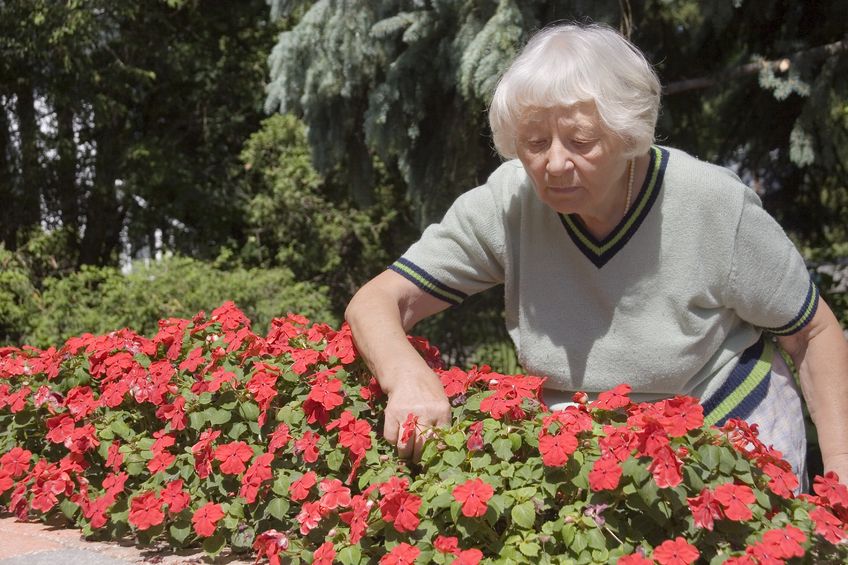Recently I came across something called “supervised independent living” and it seems to be growing more popular among providers.
By Pam McDonald
When I started as a marketing consultant in senior living some 25 years ago, I spent a lot of time trying to explain the term “Senior Living”. The definition of senior living – what services and features it includes – was a moving target . . . and still is.
Levels of Care
Back in the 80s when assisted living first began emerging as an alternative to skilled nursing facilities (and as a new take on 6-beds board and care homes), the most common distinction between community types was the levels of care offered. The most typical divisions were the following:
-
Independent Living – no health-related care and few services
-
Assisted Living – housing with senior-friendly amenities, meals, planned activities and supportive assistance with activities of daily living such as bathing, dressing, grooming, medication management, etc.
-
Memory or Dementia Care – specialized programs and services for seniors with Alzheimer’s or dementia in communities licensed for assisted living or skilled nursing
-
Skilled Nursing Facilities (SNFs) – licensed medical facilities governed by federal law, which may reimburse the cost of some specified care
-
Continuing Care Retirement Communities (CCRCs) – a combination of all the above levels of care on one site, which might offer “lifetime” care contracts
“A Rose by Any Other Name”
There is little consensus about what label developers and operators use for their specific business models – that is, their blend of services and amenities. Recently I came across something called “supervised independent living”. What? Is that a real thing? Turns out, it is. And, it seems to be growing more popular among providers. There are lots of variations on this theme, and it is called by a handful of names.
The basic model is a building licensed for assisted living in which some apartments are designated for independent living. The community is marketed for both levels of care. Residents in independent apartments may add services – provided by the assisted living caregiving staff – as needed, without having to move to a different building, wing or unit. This model may be called supervised independent living, hybrid living or enhanced independent living.
An initial variation on this model is that the building, while fully licensed for assisted living, offers space and amenities more typical of independent living – larger common areas, more generous activity and outdoor space; several dining venues, such as bistros or barbecue stations; well-appointed wellness centers; therapy or treatment rooms; healthcare suites for visiting doctors and nurses; etc. The independent apartments may be larger and include full kitchens, laundry equipment and other amenities.
New Twists for Memory Care
Another model that’s been around for a long time combines assisted living with memory care. The new twist is that apartments are licensed as assisted living but can be marketed as independent, assisted, or memory care to couples in which one person needs memory care. This may be called “bridge” or “independent lite”.
More Like Home – Single-Family That Is
Some developers are looking to combine independent and assisted apartments in buildings with features more common to single family homes – patios and patio-sized balconies; outdoor space; and covered parking. There may be several buildings with six or so apartments that open to a central area with apartment entrances, thus eliminating long corridors.
Meeting the Varying and Various Needs of Elders
It may be confusing to some consumers when senior living operators come up with new labels for their particular combinations of housing and services, but it’s a good thing! Senior living will be better able to meet personal preferences, changeable health-related care needs, rising levels of frailty and acuity and individual circumstances (like their ability to pay). Continued experimentation will enable providers to appeal to the greatest number of seniors and their families.








